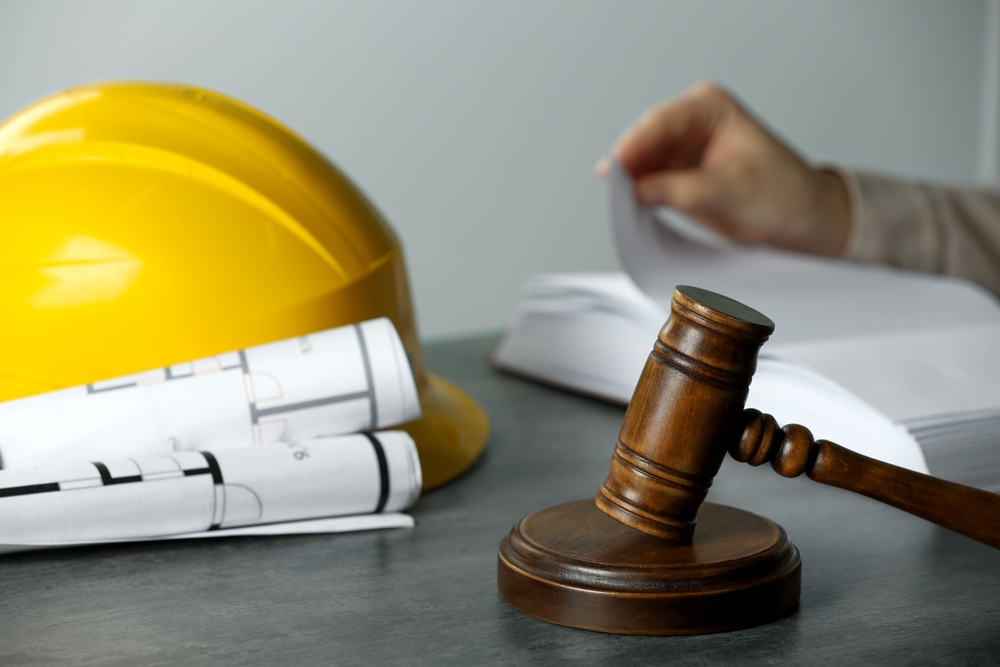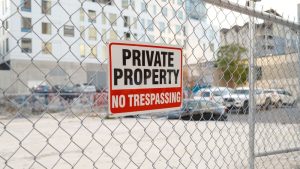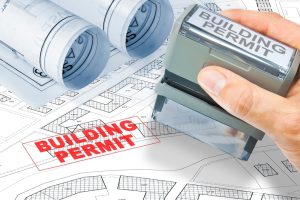New York State, and especially New York City, is a landscape of perpetual construction and renovation. From towering skyscrapers reshaping the skyline to intricate brownstone renovations, development is constant. This intense activity, however, inevitably breeds conflict. Disputes between owners, developers, contractors, subcontractors, suppliers, architects, and engineers are common, often culminating in complex and costly litigation. Figeroux & Associates, located at 26 Court Street, Suite 701, Brooklyn, NY 11242, offers experienced legal representation in navigating these challenging construction disputes. For guidance, contact the firm at 855-768-8845 or visit www.askthelawyer.us. This analysis explores the primary areas of construction litigation under New York law.
Breach of Construction Contracts: The Foundation of Disputes
Most construction litigation stems from alleged breaches of the underlying construction contract. These agreements are crucial, defining the scope of work, price, payment schedules, timelines, change order procedures, and dispute resolution mechanisms. Clarity and comprehensive drafting are vital but often insufficient to prevent disagreements. Common breaches leading to litigation include:
- Defective Workmanship or Materials: Claims arise when the work fails to meet contractual specifications, applicable building codes, or the implied warranty of workmanlike construction. This can range from aesthetic issues to significant structural defects compromising safety and value.
- Project Delays: Failure to meet contractual deadlines can have significant financial repercussions. Disputes often center on whether the delay was excusable (e.g., due to unforeseen site conditions, owner-caused interference, severe weather) or caused by the contractor’s inefficiency or mismanagement. “Time is of the essence” clauses, if clearly stated, make timely performance a strict requirement. Conversely, “no damage for delay” clauses, common in larger contracts, may bar contractor claims for delay damages unless specific exceptions apply (e.g., delays uncontemplated by the parties, unreasonable delays amounting to abandonment, or delays caused by the owner’s bad faith or breach of a fundamental obligation, per Corinna Civetta Const. Corp. v. City of New York).
- Non-Performance or Abandonment: A contractor walking off the job or an owner wrongfully terminating the contract before completion constitutes a serious breach.
- Cost Overruns and Payment Disputes: Disagreements over the validity and pricing of change orders, unexpected cost increases, or the owner’s failure to make timely progress payments are frequent sources of conflict. The doctrine of substantial performance may require an owner to pay the contract price, less the cost to correct minor defects, if the project is largely complete and usable for its intended purpose.
Remedies for breach typically involve monetary damages, such as the cost to complete or repair defective work, compensation for delay-related losses (lost rent, extended financing costs), or the unpaid contract balance.
Securing Payment: Mechanic’s Liens under NY Lien Law
New York’s Lien Law provides a powerful tool for unpaid contractors, subcontractors, material suppliers, laborers, and even design professionals who have performed work or furnished materials for the permanent improvement of real property. A mechanic’s lien allows these parties to place a claim directly against the improved property itself, creating security for the unpaid debt.
However, perfecting and enforcing a mechanic’s lien requires strict adherence to the Lien Law’s technical requirements:
- Filing Deadlines: A Notice of Lien must be filed with the clerk of the county where the property is located within eight months of the last date labor or materials were furnished for most projects. For single-family residential projects, the deadline is shortened to four months.
- Service Requirements: A copy of the filed lien must be served on the property owner (and the contractor/subcontractor, if applicable) within 5 days before or 30 days after filing. Proof of service must then be filed with the county clerk within 35 days of the lien filing.
- Enforcement: A lawsuit to foreclose the lien must be commenced within one year of the lien filing date. Failure to do so renders the lien void, although this deadline can typically be extended once for commercial projects by filing an extension notice.
- Discharge: Liens can be removed through payment, expiration, court order invalidating the lien, or by “bonding off” the lien, where the owner or contractor posts a bond for 110% of the lien amount, allowing the property title to be cleared while the payment dispute continues against the bond.
Trust Fund Diversion (Lien Law Article 3-A): Beyond mechanic’s liens, Article 3-A imposes a statutory trust on funds received by owners (from construction loans) and contractors/subcontractors (as payments). These funds must be used first to pay the costs of improvement (e.g., subcontractors, suppliers, laborers). Using these funds for other purposes before all trust beneficiaries are paid constitutes an illegal diversion of trust assets. This can lead to personal liability for the individual officers, directors, or agents of the company who participated in the diversion, providing a crucial remedy when a company itself is insolvent. Claims must be brought as a class action within one year of project completion.
Professional Negligence: Claims Against Architects and Engineers
Design professionals play a critical role, but errors can lead to costly problems. Architects and engineers can be held liable for professional negligence (malpractice) if they fail to exercise the degree of skill and care ordinarily possessed and exercised by members of their profession practicing in the same community. Common claims include:
- Design errors or omissions leading to structural instability, water intrusion, or building code violations.
- Errors in plans or specifications causing construction delays or cost increases.
- Inadequate site supervision or inspection, resulting in failure to detect faulty work by contractors.
- Improper certification of progress payments.
Proving professional negligence typically requires expert testimony to establish the applicable standard of care and demonstrate how the professional deviated from it, causing damages. Claims may sound in tort (malpractice) or breach of contract if the professional failed to meet specific contractual obligations.
NYC Specific: Access Disputes under RPAPL § 881
NYC’s dense built environment frequently requires property owners undertaking construction or repairs to access adjacent properties for safety measures (e.g., overhead protection, underpinning) or to perform the work itself. When a neighbor refuses voluntary access, the party needing entry can seek a court-ordered license under Real Property Actions and Proceedings Law (RPAPL) § 881.
This statute allows a property owner to commence an expedited “special proceeding” petitioning the court for a temporary license. The court must determine if access is necessary and, if so, grant the license “upon such terms as justice requires.” This involves balancing the petitioner’s needs against the neighbor’s property rights and potential inconvenience. Litigation often revolves around negotiating the terms of the required license agreement, which typically addresses:
- Scope and duration of access.
- Specific protections for the adjoining property (e.g., waterproofing, vibration monitoring, structural support).
- Insurance and indemnification requirements for the developer/petitioner.
- Payment of license fees to the neighbor for the temporary intrusion.
- Reimbursement of the neighbor’s reasonable professional fees (attorneys, engineers) incurred in evaluating the project and negotiating the license.
Statutes of Limitation
Parties involved in construction disputes must be mindful of deadlines for bringing claims under the NY Civil Practice Law and Rules (CPLR):
- Breach of Contract: Six years (CPLR § 213(2)).
- Professional Malpractice (Negligence): Three years (CPLR § 214(6)).
- Property Damage (Negligence): Three years (CPLR § 214(4)).
The date when a claim “accrues” (starts the clock) can vary, often being the date of substantial completion for defect claims, or the date of injury or termination of the professional relationship for negligence claims. Unlike many states, New York currently lacks a specific statute of repose that sets an absolute cutoff date for construction claims regardless of discovery.
Conclusion: The Need for Experienced Counsel
Construction litigation in New York is complex, involving intricate contracts, detailed statutory schemes like the Lien Law and RPAPL § 881, nuanced standards of professional care, and significant financial stakes. Successfully navigating these disputes – whether pursuing payment, defending against claims of defective work, challenging liens, or negotiating necessary access – requires deep knowledge of the law and the construction industry. Figeroux & Associates (855-768-8845 | www.askthelawyer.us) provides the experienced counsel necessary to protect clients’ interests, from contract negotiation and drafting through mediation, arbitration, and aggressive litigation when required.
Click Here to Schedule a Consultation with Figeroux & Associates Today!



